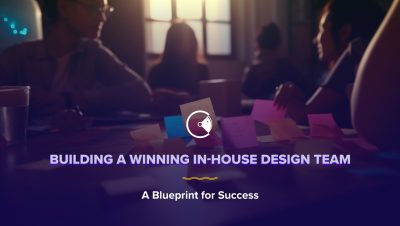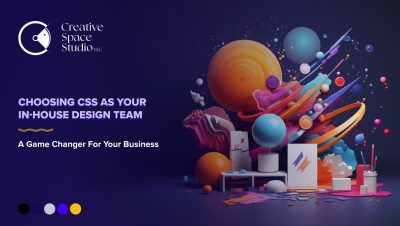In today’s competitive business landscape, design has become a vital aspect of success. An in-house design team plays a pivotal role in shaping a company’s brand, products, and overall image. But what exactly does an in-house design team do? Let’s dive into their key responsibilities
1. Branding and Identity: One of the primary tasks of an in-house design team is to develop and maintain the company’s visual identity. This includes creating logos, color schemes, typography, and other design elements that define the brand’s personality and message.
2. Graphic Design: From marketing materials like brochures and banners to digital assets such as social media graphics and website visuals, the in-house design team ensures that all visual content aligns with the brand’s guidelines and is visually appealing.
3. Product Design: In-house designers often work closely with product development teams to conceptualize and create innovative products. They focus on user experience (UX) and user interface (UI) design, ensuring that products are functional and visually appealing.
4. Packaging and Labeling: If your company sells physical products, the in-house design team is responsible for designing packaging and labels that not only protect the product but also make it stand out on the shelves.
5. Web and App Design: In our digital age, a user-friendly and visually pleasing website or app is essential. In-house designers work on the layout, graphics, and overall user experience of these digital platforms.
6. Advertising and Marketing: Whether it’s designing eye-catching ads for print or digital media, the in-house team creates marketing materials that effectively communicate the company’s message and attract customers.
7. Photography and Videography: Some in-house design teams have the capability to produce high-quality images and videos for marketing and promotional purposes, ensuring consistency in visual content.
8. Print Production: They manage the printing process, ensuring that printed materials meet quality standards and are delivered on time.
9. Creative Strategy: In-house designers often collaborate with marketing and strategy teams to brainstorm and develop creative campaigns and initiatives.
10. Feedback and Iteration: Continuous improvement is key. Design teams gather feedback, analyze user data, and make necessary adjustments to designs to enhance their effectiveness.
11. Cost Efficiency: Having an in-house team can be cost-effective in the long run as it reduces the need for outsourcing design work, saving both time and money.
12. Brand Consistency: With an in-house team, maintaining a consistent and cohesive brand identity across all touchpoints becomes more manageable.
In summary, an in-house design team wears many hats, from crafting brand identities to designing digital experiences and marketing materials. They are the creative backbone of a company, working diligently to ensure that the visual aspects of the brand are not only appealing but also aligned with the company’s mission and values. Their versatility and expertise play a vital role in shaping a company’s success in the competitive market.





